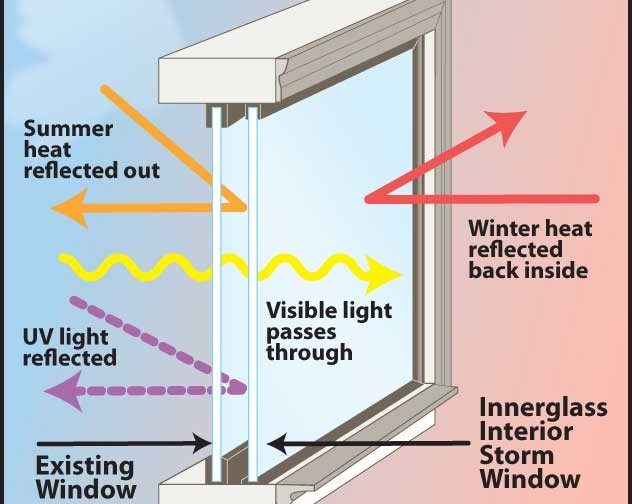All Categories
Featured
Table of Contents
Why Do You Need Double Glazing Windows In Summer? in Gwelup WA
Glazing just suggests the windows in your home, consisting of both openable and set windows, as well as doors with glass and skylights. Glazing actually just implies the glass part, but it is typically used to refer to all elements of an assembly including glass, films, frames and furnishings. Paying attention to all of these elements will help you to attain efficient passive style.

Energy-efficient glazing makes your house more comfortable and dramatically minimizes your energy expenses. Improper or badly created glazing can be a major source of undesirable heat gain in summer and significant heat loss and condensation in winter. Up to 87% of a house's heating energy can be acquired and approximately 40% lost through windows.
Double Glazing Vs Triple Glazing: Which Should You Choose in Hazelmere Perth
Glazing is a considerable financial investment in the quality of your house. The cost of glazing and the cost of heating and cooling your house are closely associated. An initial investment in energy-efficient windows, skylights and doors can significantly minimize your yearly cooling and heating costs. Energy-efficient glazing also minimizes the peak heating and cooling load, which can lower the needed size of an air-conditioning system by 30%, causing more expense savings.

This tool compares window selections to a base level aluminium window with 3mm clear glass. Comprehending a few of the crucial homes of glass will assist you to choose the finest glazing for your home. Secret homes of glass Source: Adjusted from the Australian Window Association The quantity of light that travels through the glazing is called visible light transmittance (VLT) or visible transmittance (VT).
Double Glazed Windows And Doors In Perth in Warnbro WA
The U value for windows (expressed as Uw), explains the conduction of the whole window (glass and frame together). The lower the U value, the greater a window's resistance to heat circulation and the much better its insulating worth.
If your house has 70m2 of glazing with aluminium frames and clear glass with a U value of 6. 2W/m2 C, on a winter season's night when it is 15C chillier outside compared to inside, the heat loss through the windows would be: 6. 2 15 70 = 6510W That is comparable to the total heat output of a large room gas heater or a 6.
Save Energy With Double Glazed Windows in Beeliar Perth

If you select a window with half the U value (3. 1W/m2 C) (for instance, double glazing with an argon-filled gap and less-conductive frames), you can cut in half the heat loss: 3. 1 15 70 = 3255W The solar heat gain coefficient (SHGC) for windows (revealed as SHGCw) determines how easily heat from direct sunlight streams through a whole window (glass and frame together).
The lower a window's SHGC, the less solar heat it transmits to the home interior. Glazing makers declare an SHGC for each window type and style. Nevertheless, the real SHGC for windows is affected by the angle that solar radiation strikes the glass. This is called the angle of occurrence.
Double Glazing Perth in Lockridge Perth
When the sun is perpendicular (at 90) to the glass, it has an angle of incidence of 0 and the window will experience the maximum possible solar heat gain. The SHGC declared by glazing makers is always calculated as having a 0 angle of incidence. As the angle increases, more solar radiation is shown, and less is sent.
Table of Contents
Latest Posts
Reasons Why Double Glazed Windows Are A Good Idea in North Fremantle Perth
Replacement Double Glazing - Upvc Windows in Kelmscott Perth
Reasons Why Double Glazed Windows Are A Good Idea in Wilson Western Australia
More
Latest Posts
Reasons Why Double Glazed Windows Are A Good Idea in North Fremantle Perth
Replacement Double Glazing - Upvc Windows in Kelmscott Perth
Reasons Why Double Glazed Windows Are A Good Idea in Wilson Western Australia